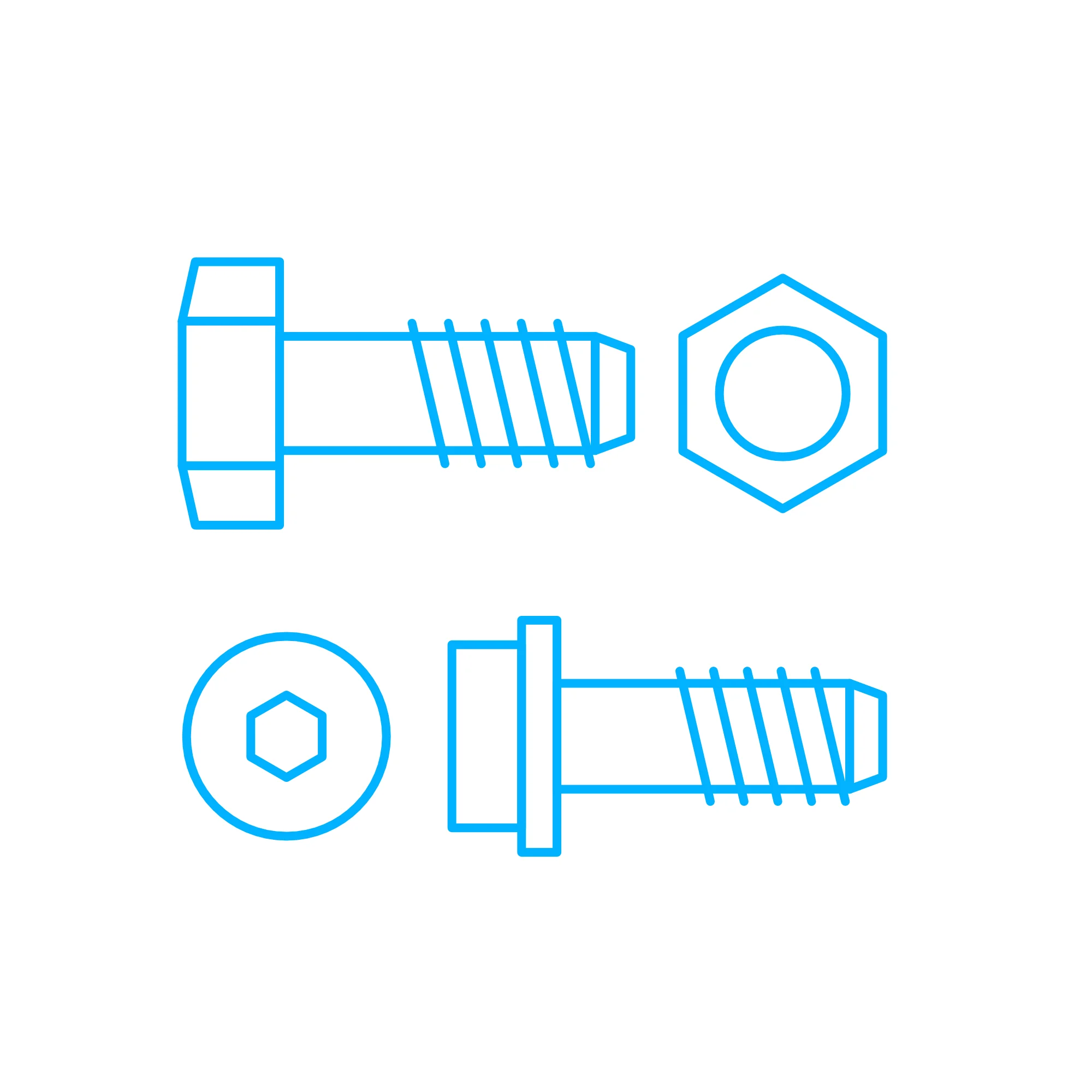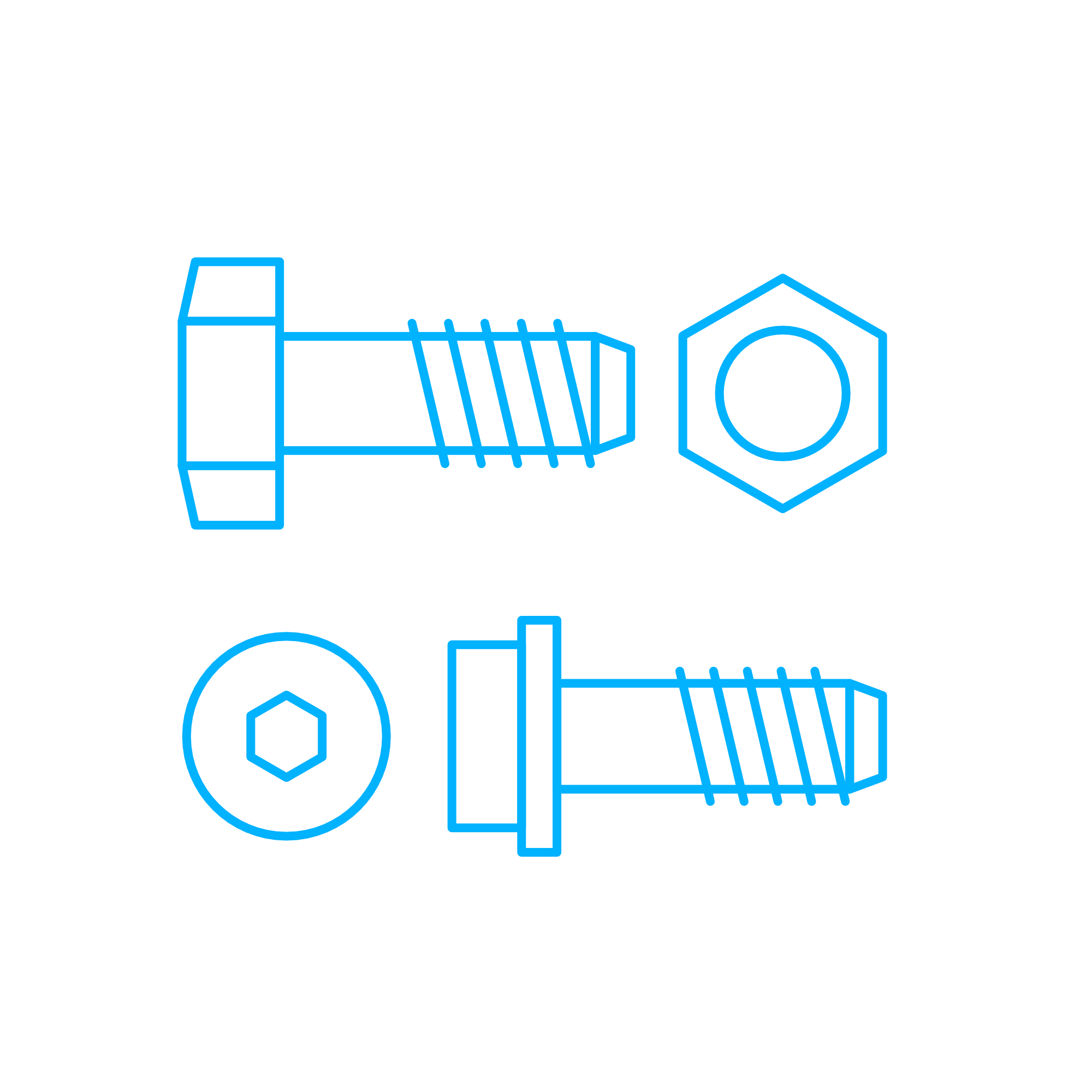ADJUSTING SCREW – Screws for Marine and Diesel Engines
Screws are precision fasteners that hold the structural and functional heart of an engine together. From cylinder heads and bearing caps to fuel systems and instrumentation, screws provide the clamp load that keeps joints tight under extreme temperature cycles, vibration, and pressure. Within this broad category, set and measuring elements such as the ADJUSTING SCREW play a critical role in fine-tuning clearances and forces, ensuring stable operation across marine engine and diesel engine applications. For purchasers, shipowners, and technical decision-makers, understanding screws as a component group helps protect uptime, efficiency, and safety throughout the engine’s lifecycle.
Technical function: how Screws and the ADJUSTING SCREW work in a diesel engine or marine engine
The core job of a screw is to transform applied torque into axial preload. Correct preload clamps joint members together, resisting dynamic loads and preventing micro-movement that leads to fretting and leaks. In engines, screws secure head gaskets against combustion pressure, lock main bearing caps to maintain crankshaft alignment, fasten turbocharger casings to sustain boost integrity, and anchor ancillary systems such as pumps and filters.
The ADJUSTING SCREW is a specialized screw used to set or calibrate mechanical clearances and forces. A common example is valve-train lash adjustment, where the ADJUSTING SCREW in a rocker or tappet sets the precise gap that controls valve timing, seat contact, and thermal expansion behavior. In a diesel engine, an ADJUSTING SCREW can also be found in governor linkages, injector racks, or actuator stops to define idle speed, fuel delivery limits, or turbo wastegate thresholds. In a marine engine, where long duty cycles and load changes are typical, stable settings via the ADJUSTING SCREW directly influence combustion quality, fuel economy, emissions, and component life. When sourced as ADJUSTING SCREW OEM parts, the thread tolerances, tip geometry, and material hardness align with the engine maker’s design intent, ensuring repeatable settings and secure locking over thousands of operating hours.
- · High-strength alloys for sustained clamp load
- · Heat treatment for toughness and fatigue resistance
- · Precision threads (metric/UN) for accurate preload
- · Engineered coatings for corrosion protection in marine atmospheres
- · Locking features (prevailing torque, thread patch) against vibration loosening
- · Application-specific heads and drives for service access and torque control
- · ADJUSTING SCREW tips and seats designed for stable, repeatable settings
Performance, efficiency, and safety contributions of an ADJUSTING SCREW
A correctly set ADJUSTING SCREW stabilizes valve events, prevents hot spotting on valve faces, and maintains injection or airflow limits within calibrated ranges. This enhances brake-specific fuel consumption, reduces thermal stress on pistons and exhaust components, and protects against overspeed or overboost. In parallel, correctly torqued structural screws preserve alignment of rotating assemblies and eliminate leak paths for oil, coolant, and charge air—key to safe engine rooms and clean operation at sea.
Importance for engine operation: why Screws are critical for reliability and service life
Fasteners are a fundamental reliability element. If screw preload drops due to improper torque, reuse beyond design limits, thread damage, or corrosion, joints can relax. The result is gasket blow-by, joint fretting, and rapidly escalating damage such as ovalized housings, bearing misalignment, or turbo casing leakage. In the valve train, a worn or out-of-spec ADJUSTING SCREW can shift lash, causing noisy operation, valve burning, loss of compression, and elevated exhaust temperatures that shorten the life of manifolds and turbochargers. In fuel and air systems, maladjusted stops can yield excessive smoke, poor transient response, or unsafe operating conditions. Routine inspection and replacement of screws—and precise setting of each ADJUSTING SCREW—are therefore integral to preventive maintenance, particularly on high-output diesel and gas engines subject to cyclic loads and harsh marine environments.
Advantages of OEM spare parts suitable for Screws and the ADJUSTING SCREW
Spec-compliant OEM spare parts suitable for Screws deliver measurable technical and commercial benefits. Material grade, hardness profile, and dimensional tolerances are matched to the joint design, ensuring intended clamp load at the specified torque. Thread fit and surface finish minimize galling and scatter in preload, while approved coatings provide corrosion resistance without compromising fatigue strength. For the ADJUSTING SCREW, the seat geometry, tip hardness, and locking interface are manufactured to maintain precise settings under vibration and thermal cycling, reducing the need for frequent re-adjustment.
From a budget perspective, the correct fastener prevents costly secondary damage: keeping head gaskets sealed, bearing caps aligned, and exhaust joints tight saves orders of magnitude in avoided downtime, towage, or unplanned dry-dock. Traceable production and consistent batch quality also streamline compliance with class and internal QA procedures.
What decision-makers gain with OEM spare parts suitable for Screws
Choosing OEM parts for Screws and the ADJUSTING SCREW supports predictable maintenance planning, stable performance curves, and extended service intervals. It also simplifies inventory by ensuring interchangeability across engine families and build standards.
MOPA as your partner for ADJUSTING SCREW and Screws OEM parts
MOPA is an experienced, reliable partner for OEM spare parts suitable for Screws, including every critical ADJUSTING SCREW used in diesel and gas engines. We focus on speed, quality, and security in the trade of OEM parts, supporting marine engine operators with short lead times, controlled sourcing, and documentation that fits technical audits. Our team helps identify the correct fastener by engine model, build list, or component drawing, ensuring the exact thread form, strength class, coating, and locking feature you require. With global logistics and careful pick, pack, and dispatch, MOPA minimizes downtime and keeps fleets on schedule.
Conclusion: the role of Screws and the ADJUSTING SCREW in dependable engines
Screws are the unseen backbone of every engine, and the ADJUSTING SCREW is a precision element that directly shapes performance, efficiency, and safety. Using OEM spare parts suitable for Screws secures design-level preload and stable settings, extending service life while protecting budgets and schedules.


